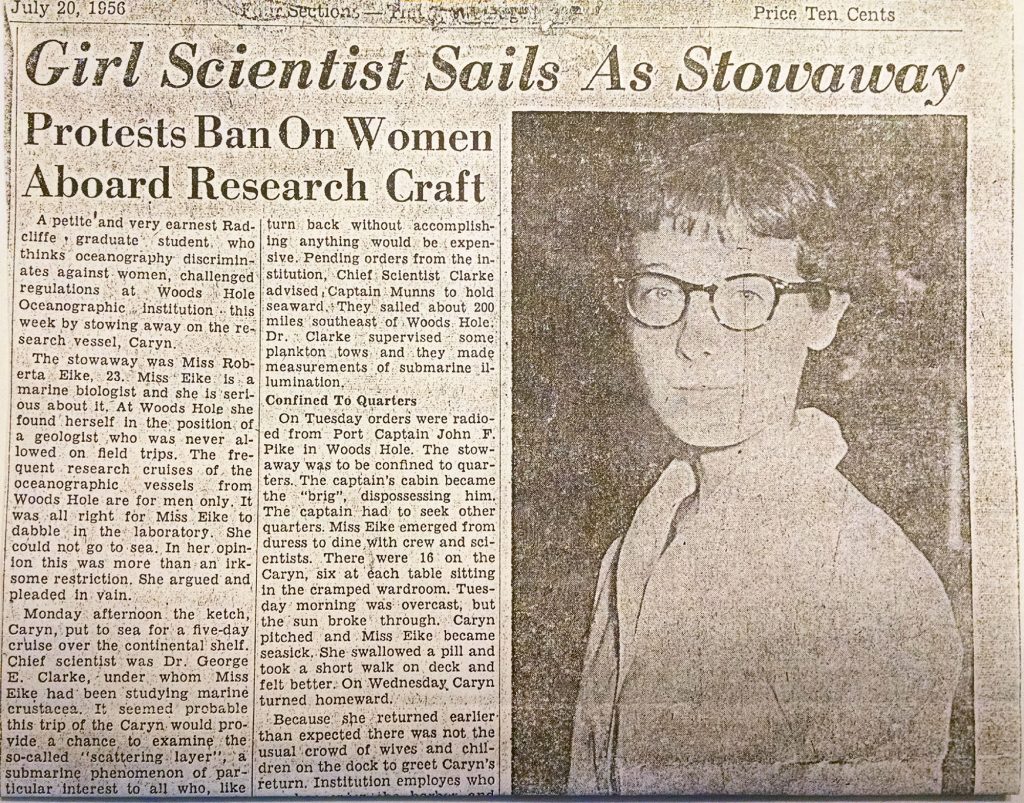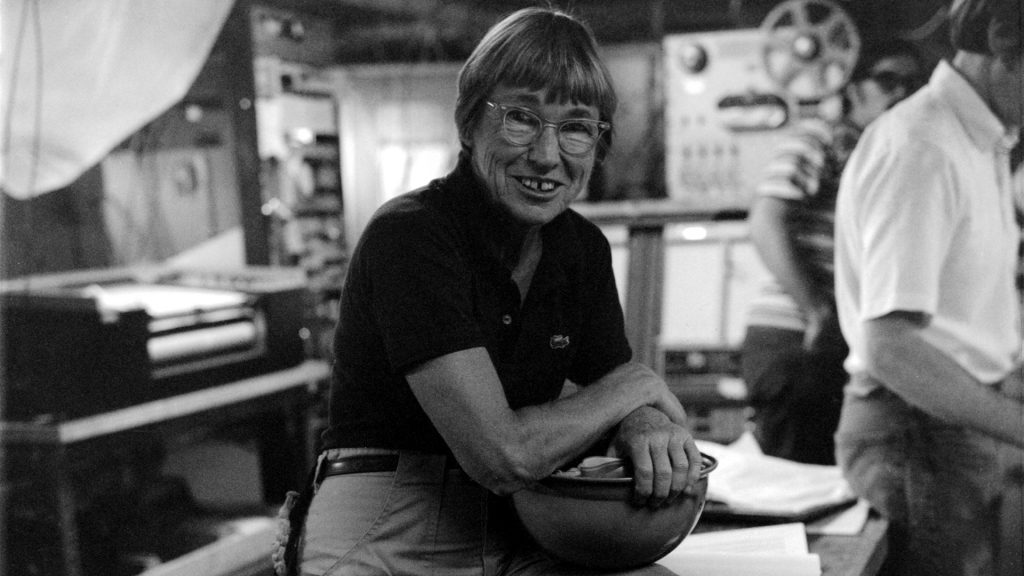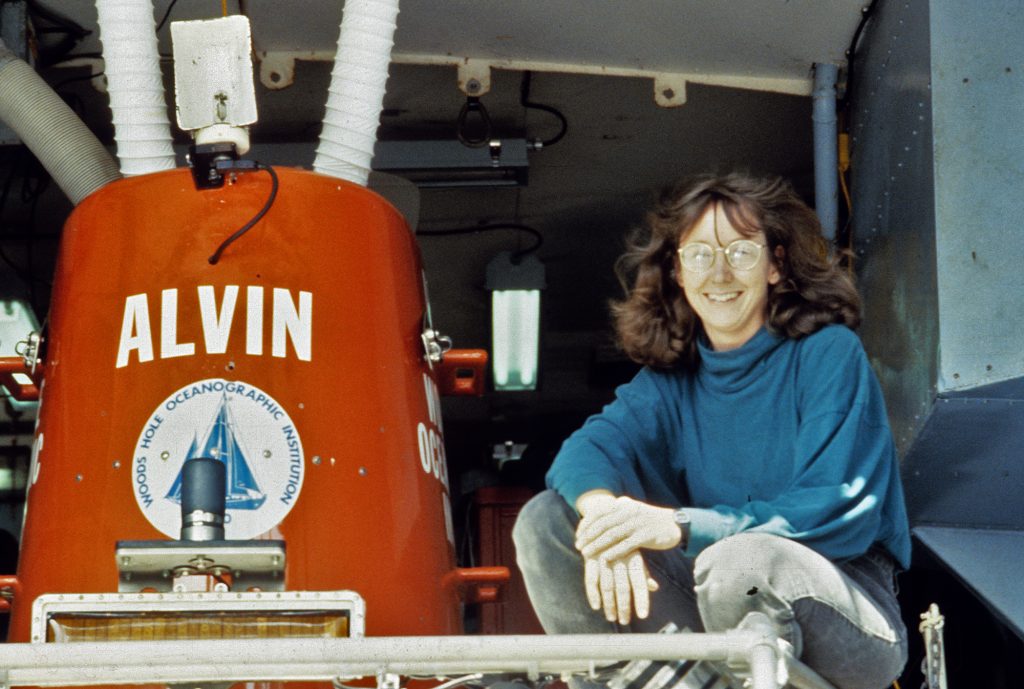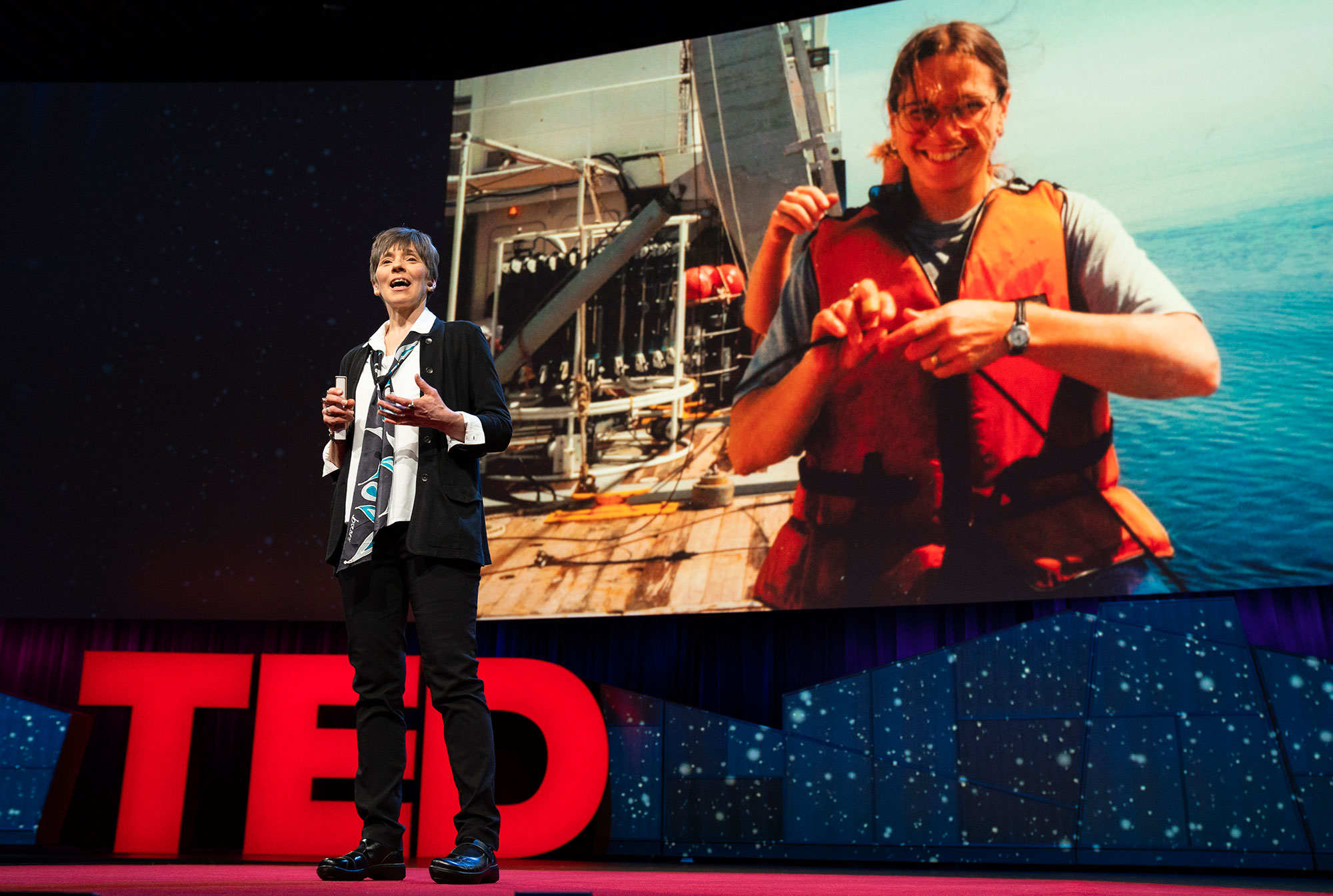WHOI Women at Sea for Science
The story of women at sea on WHOI ships began quietly in the early 1950’s when the wives of researchers were allowed on ships with their husbands, but not as a science equal. Early logs note the husband and wife team of Harvard biologists Barbara Lawrence and William Schevill on the R/V Caryn in Bermuda for a week of research on whale sounds. In 1956, Roberta Eike stowed away on the Caryn after being denied an opportunity to join an expedition to collect important samples for her research, a stark reminder that much progress needed to be made for females in the field of oceanography.
Just three years later, in 1959, WHOI’s Betty Bunce became the first American female Chief Scientist for a major oceanographic expedition about the R/V Bear. Shortly after, Eloise Soderland and Lorraine Barbour participated in a physical oceanography cruise aboard Chain in 1960.
Women began to join oceanographic expeditions more regularly in the early 1960’s about the time the modern women’s rights movements were taking hold. As female representation in oceanography continued to increase, WHOI opened their ships to female researchers. Bunce served as Chief Scientist on many WHOI cruises throughout the 1960s and 1970, and was promoted to Associate Scientist and served as Chief Scientist on a major expedition to map the seafloor. In 1965 she was the first woman to test dive in Alvin, WHOI’s famous submersible. However, it wasn’t until 1971 that the first woman scientist on an official Alvin dive was made by Ruth Turner.
Nearly twenty years later, biological oceanographer Cindy Van Dover became the first female Alvin pilot. Her first dive as certified pilot was with researchers Elana Leithold and Cynthia Huggett – the first time Alvin had been operated and staffed with woman. Van Dover made several all-female Alvin dives , and currently still holds the title of the only female Alvin pilot.
Today, there are many high profile WHOI projects led by woman, including a multi-disciplinary effort to explore, understand and raise awareness of the ocean twilight zone with WHOI Senior Scientist Heidi Sosik as the science lead. WHOI is committed to equality and inclusion, and continues to honor the contributions of female scientists and engineers whose work inspired change and broke through gender barriers. The WHOI Women’s Committee works to advance matters of special concern to woman, often highlighting the groundbreaking work of WHOI female oceanographers.



